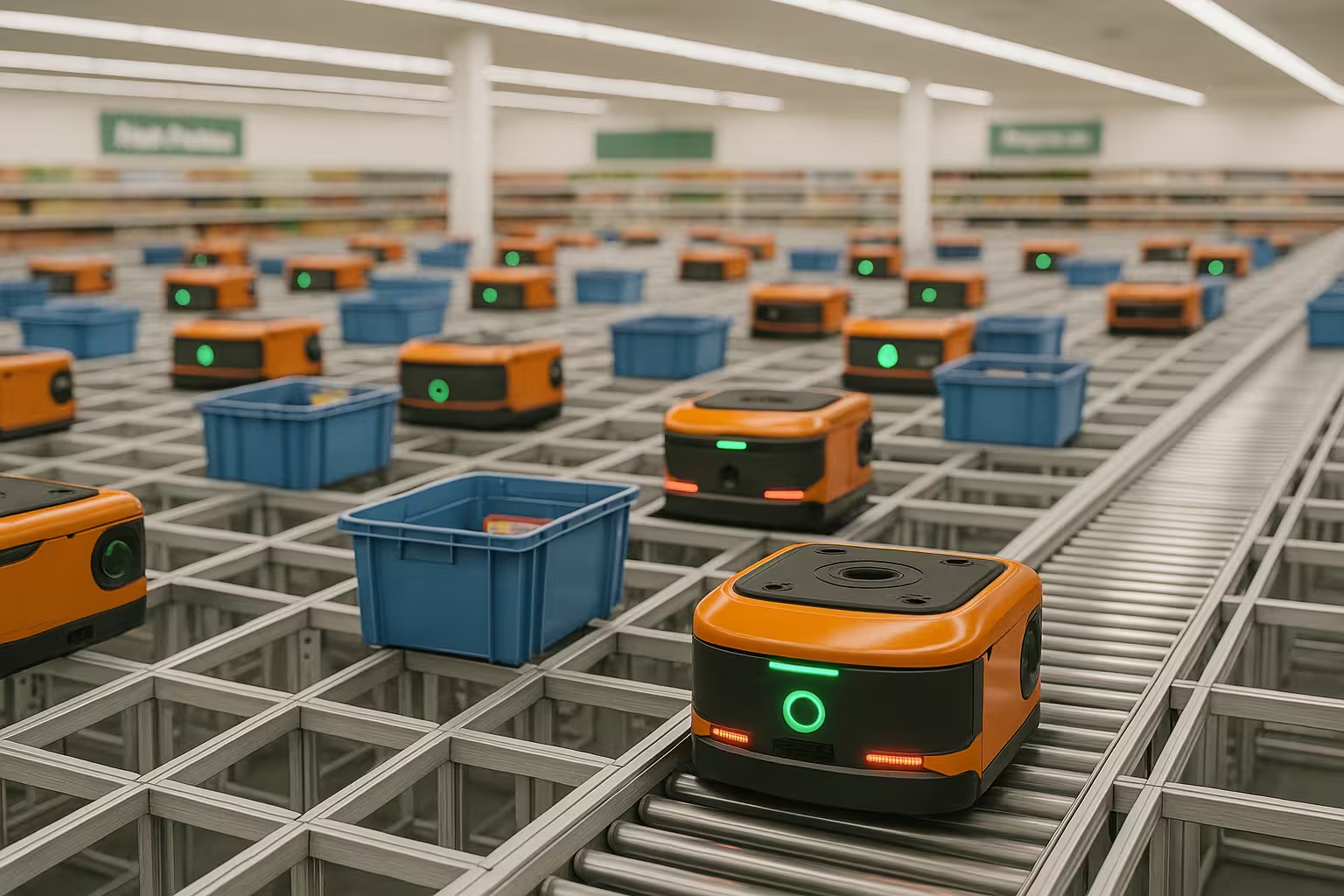Retailers race to build micro‑fulfillment hubs in cities, using automation to speed deliveries and cut costs. Walmart, Target, and Amazon test compact warehouses as convenience and fast service reshape urban shopping.

Traditional retailers and grocers are racing to build micro‑fulfillment centers near consumers. The goal: faster, cheaper delivery, and better margins.
Walmart, Target, Amazon, Kroger, and regional chains are investing in compact, automated warehouses in or near urban zones. These hubs use robotics, conveyor systems, localized inventory, and last‑mile fulfillment to deliver same‑day or under‑one‑hour service.
Customers love speed. Urban dwellers expect convenience, simplicity, and fulfillment at the same day level. Retailers hope faster delivery boosts cart size, loyalty, and margins. They also want to control fulfillment costs vs third‑party services. That means fewer manual labor hours and faster inventory turns.
There are challenges. Micro‑fulfillment centers need high volume to justify automation and real estate. They also require connectivity, power, and specialized staff. In dense cities real estate is expensive and zoning laws can complicate builds. But successful pilots show reduced delivery costs and higher performance.
Target recently added micro‑fulfillment in several metro areas. Early reports show faster delivery times, lower shrinkage, and higher customer satisfaction. Walmart is expanding its Neighborhood Market micro‑fulfillment project. Amazon’s Same Day service now runs from smaller footprint automated hubs.
Regional grocers are also deploying pop up or temporary hubs. They test markets, measure demand, iterate on routes, and build playbooks. Many use micro‑fulfillment as both physical infrastructure and mobile test labs.
Tech firms are riding this wave. Startups are building plug‑and‑play automation systems tailored to small footprint builds. Others specialize in route optimization, robotic picking, analytics, inventory forecasting, and workforce management.
Look ahead and expect more change. Retailers will mix micro‑fulfillment with dark stores, click‑and‑collect, curbside pickup, and hybrid store formats. Customers want fast, seamless experiences across channels. Retailers are testing integrating AI for order forecasting, predictive stocking, and dynamic routing.
Retail is getting leaner, smarter, and more local. Cities will get more of these micro‑fulfillment hubs. Investors are watching logistics, automation, and retail real estate plays for growth.